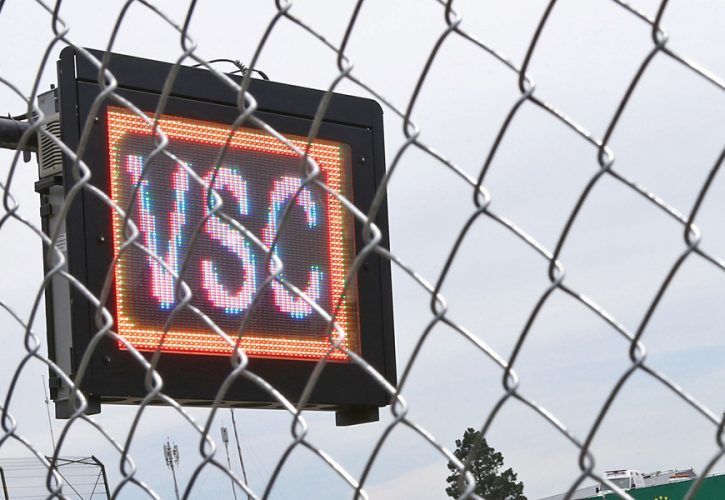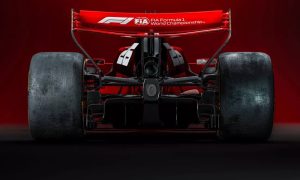
The FIA has concluded that the current Virtual Safety Car system can give some drivers an unfair advantage over their rivals during a race.
Sebastian Vettel was able to use a VSC period to his advantage in the first race of the season to leapfrog Lewis Hamilton and win the race. However, that was a one-off unique situation.
Vettel subsequently lost out under a VSC in the Spanish Grand Prix. Afterwards he complained that there were bigger issues with the system that drivers were routinely able to exploit.
"The FIA is supplying us with a system that makes us follow a delta time," he explained. "But I think everybody’s aware you can have a faster way to go under VSC than just follow the delta – by saving distance
"Everybody’s doing it so I don’t think it’s a secret," he said. "We should have a system that hasn’t got this loophole, because it forces us to drive ridiculous lines around the track."
At the time, FIA race director Charlie Whiting initially rejected Vettel's comments. But this week he admitted that he's revisited the issue and come to understand the point Vettel was making.
"Yes, I've worked it out now," Whiting said in Montreal. "The calculation that the system does every 50 metres is based on the distance from the timing line.
"If you can shorten that, you can gain tiny fractions.
"The way we've calculated it with our software guys is you can possibly gain about 150 milliseconds," he added. "In Formula 1 that's worth having. But that's the extent of it.
"We can rectify it, and make it a bit more bulletproof," he conceded.
The solution is likely to be software based and introduced via the ECU (electronic control unit) map that calculates the target time cars are meant to run at.
Any solution is unlikely to address the sort of situation that arose in Melbourne. On that occasion, Vettel was able to pit at the moment a VSC was activated. The delta times don't apply to the pit lane, so Vettel was able to get to the pit exit ahead of Hamilton running down the main straight.
At the time, Mercedes admitted that the mistake had been down to their own computer systems.
"We discovered there was an issue with the software that was telling us that at that point Lewis was safe and that Vettel would drop out behind us," explained Mercedes' trackside engineering director Andrew Shovlin.
"[The issue] was an offline tool that we created these delta lap times with, and we found a bug in that tool that meant it gave us the wrong number.
"The number we were calculating was around 15 seconds, and in reality the number was slightly short of 13 seconds, so that was what created our delta.
"We are going to make sure we have more margin, because we want to be able to cover for Vettel doing an amazingly good in-lap to the pits, or having an incredibly fast stop."
Gallery: The beautiful wives and girlfriends of F1 drivers
Keep up to date with all the F1 news via Facebook and Twitter







